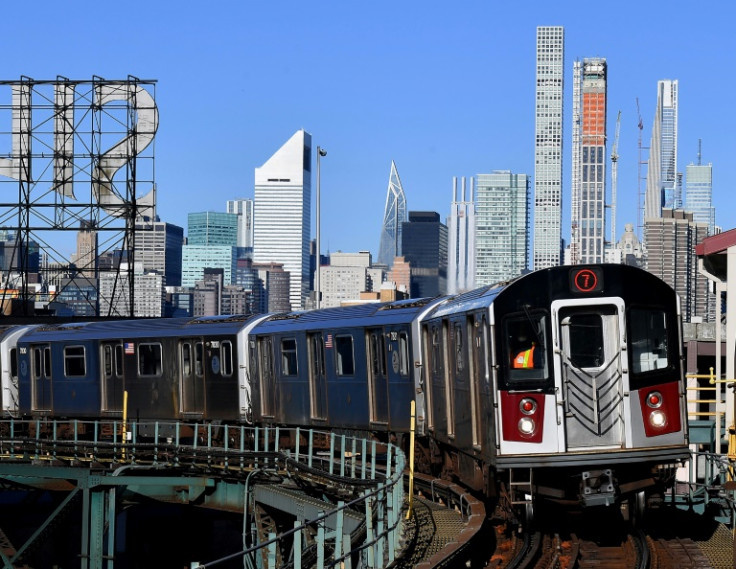
NEW YORK CITY - New York has seen more than 180,000 migrant arrivals processed in the city over the past two years, with some 65,000 of them currently staying in homeless shelters. With a backlog in asylum cases and a slow pace to approve work permits, many of these newcomers are left desperate finding a way to survive in one of the most expensive cities in the world.
One of the ways in which they are scrambling to make a living? Having their children sell candy in the subway system.
Last year, New York Magazine told the story of Gloria Vega, a 16-year-old migrant from Ecuador who sells M&M's and other candy across stations over the city. Now, The New York Times has also shed light on the story of a girl in a puffer jacket strolling past passengers with different brands of gums, chocolate and the likes. She was much younger, about 7 or 8 years old, and had no parent accompanying her, the outlet reported.
These sightings, which have become common, have left New Yorkers asking questions like, "isn't this child labor? Is it illegal? Shouldn't someone be doing something to help these children?"
The answer is not so simple.
Children between the ages of 6 and 17 are required to be in school. Children under 14 are not allowed to do most jobs. You can't sell merchandise in the train system without a permit. But when it comes to patrolling these measures, New York City agencies seem to be pointing their fingers somewhere else.
The Department of Education, for instance, has "attendance teachers" who work to ensure families send their children to school, but they do not go out on patrol. "I think I'll refer you to the N.Y.P.D. on this," a spokeswoman told The Times.
Meanwhile, the Police Department declines to say whether officers are instructed to do anything if they see school-age children selling candy during school hours.
The state's Labor Department said it was "difficult to determine" whether the practice of children selling candy in the subway would violate labor law, which generally "regulates employment relationships (i.e. between employers and employees)."
The city's child welfare agency told The Times that anyone who sees a child in a situation that seems unsafe can call the state child abuse hotline. But the State Office of Children and Family Services, which runs the hotline, said a child selling merchandise or panhandling would not be considered maltreatment or neglect unless there was a specific concern about a possible harm.
Confusions about the legality and ethics of children selling candy in subway stations has also brought a wave of mixed reactions among New Yorkers.
Monica Sibri, an Ecuadorian immigrant who advocates for migrants in New York, listed a number of reasons that she said newly arrived migrants had given her for bringing their children with them.
One of them was misinformation. Some migrants, she said, wrongly assume that their children can miss a semester of school and catch up easily.
Others face delays in getting their children enrolled in school due to paperwork and vaccination requirements. Others sold candy with their children back home— particularly people from Ecuador, where most candy sellers come from—and are doing the same thing as a temporary measure.
"The families are not saying that they don't want to put their kids in school," Sibri said. "What they're saying is that they haven't figured out the paperwork that they need to be able to put them in, and some of them aren't trusting the system."
In contrast, Sandra Acosta, a subway rider, talked to The Times as she saw a child selling candy near her, and expressed her opposition. "She should be in school," Acosta said, "And it's dangerous— there's a lot of crazy people."
© 2024 Latin Times. All rights reserved. Do not reproduce without permission.










